Town marks centenary of making radio history
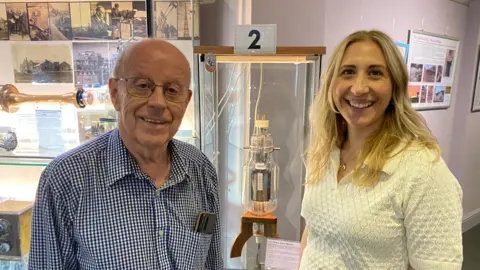 Daventry Museum
Daventry MuseumA town is marking the centenary of its world-famous transmission station going on air.
A special exhibition opens on Saturday at Daventry Museum in Northamptonshire to celebrate 100 years since the BBC opened its site on Borough Hill.
It became the world's first long-wave transmitting station and eventually sent signals across the globe for the BBC World Service.
The display will include some rare vintage equipment and a chance for young people to step inside a radio show selfie booth.
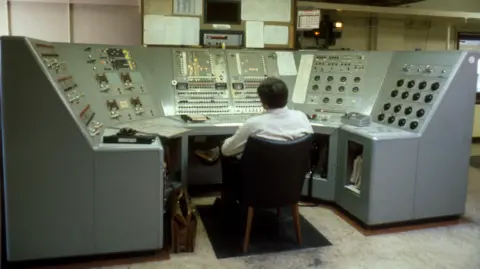
The transmission station opened on 27 July 1925 and its effect on the town was huge.
Giant masts were erected on the top of Borough Hill, which could be seen for miles around, and hundreds of workers were brought in to manage them.
The signals were so strong that it was not just radios that picked them up.
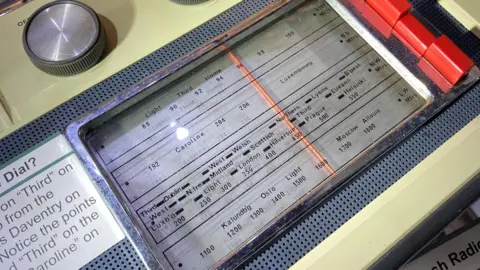 Daventry Museum
Daventry MuseumRod Viveash, who worked at the site and is now a museum volunteer, said: "When it was in its heyday, various appliances at home could pick up the signal from the station, and it was particularly annoying when TV started because it would interfere with the TV programme.
"We weren't really popular then!"
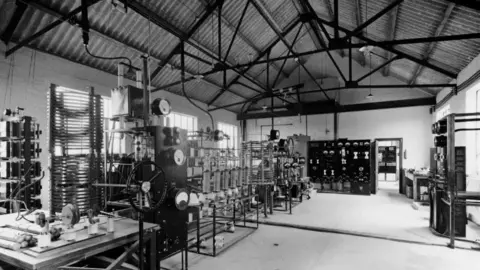
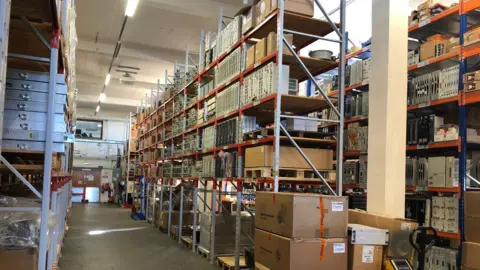 Martin Heath/BBC
Martin Heath/BBCCarrie Gardner-Pett, Daventry Town Council's museum officer, said: "People in the town were really aware of that making of history, not just because they could literally hear the sounds from the cables above them, but because these huge masts went up on the landscape and made Borough Hill look even taller."
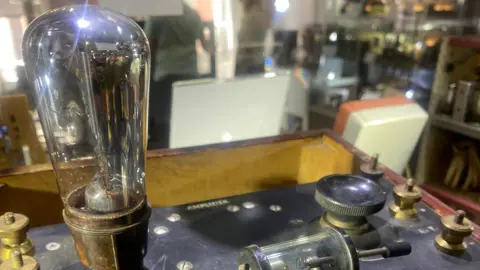 Daventry Museum
Daventry MuseumThe exhibition, Echoes of Daventry Calling, includes photographs of the BBC buildings over the years and artefacts from almost 70 years of sending out signals from Daventry.
Ms Gardner-Pett said: "I think there's really something for everybody - it's going to be a really engaging exhibition, not just for those with a particular interest in radio.
"Even for children, we've got stories about the radio circle that was set up, sort of a forerunner to Blue Peter."
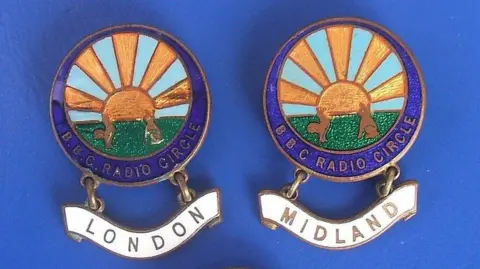 Stuart Williams/Flickr
Stuart Williams/FlickrYoungsters will also be able to step into a radio show selfie booth to take photos, record their own clips and experience what it was like to be on air.
The museum is open during the morning from Tuesday to Friday each week and on the first Saturday of each month. Entry is free and the exhibition continues until 28 November.
Follow Northamptonshire news on BBC Sounds, Facebook, Instagram and X.
